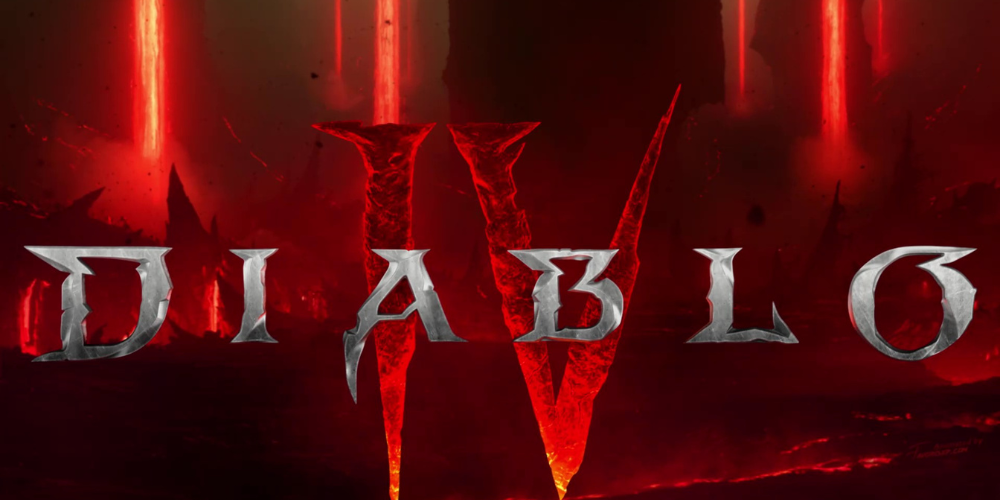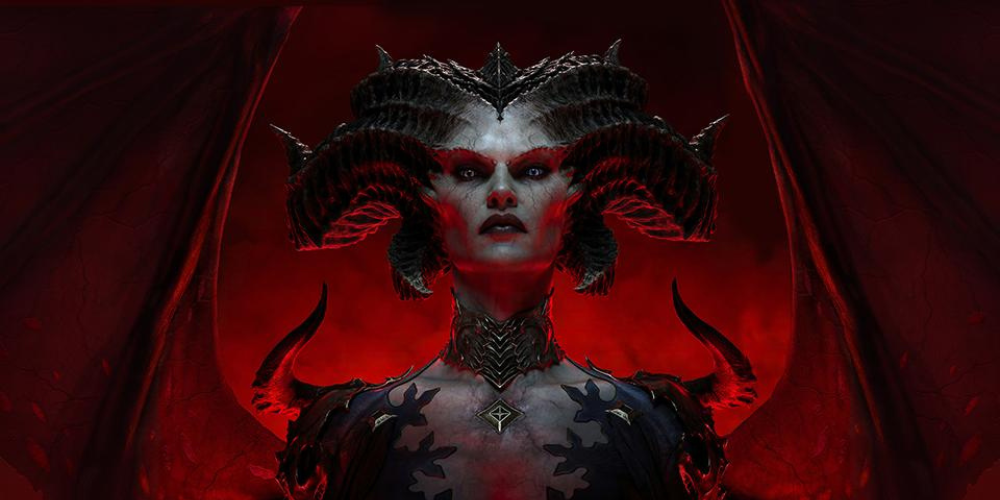The Evolution of Hack and Slash: An In-Depth Look at Diablo IV's Next-Gen Gaming Experience

The hack-and-slash genre has been a staple of the gaming industry for decades, with Blizzard's Diablo series at the forefront, setting benchmarks with each installment. Diablo IV arrives not just as another sequel but as a transformative experience that seeks to redefine the genre for the next generation. With the promise of a dark, gothic atmosphere akin to its early predecessors and the addition of modern gaming technologies, Diablo IV is poised to captivate gamers worldwide. Let's delve into how Blizzard is shaping the future of hack and slash through its latest epic.
Visual Mastery and Atmospheric Design

The visual leap from previous Diablo games to Diablo IV is nothing short of monumental. Blizzard has clearly invested significant resources into creating a world that feels alive and immersive. Diablo IV's environments are rich with detail, featuring a top-down view that showcases a plethora of textures and elements, from the worn surfaces of battlefields to the intricacies of dungeon interiors. Every environment feels meticulously crafted, with each cranny and crag telling its own silent story.
Moreover, the atmospheric design of Diablo IV sets a new standard for the series. The lighting system is particularly noteworthy, casting dynamic shadows that dance through the in-game world, enhancing the overall sense of foreboding. The subtle interplay between light and darkness is not just a feast for the eyes but also creates the perfect backdrop for the game's narrative, which is further brought to life through the series' first in-engine cutscenes, featuring Blizzard's signature cinematic style. The leap in visual storytelling is evident, maintaining the franchise's legacy while pushing the boundaries of real-time rendering capabilities.
Combat Evolution and Interaction
At the heart of any hack-and-slash game is its combat system, and Diablo IV is no exception. Blizzard has evolved its combat mechanics to offer a more tactical experience, encouraging players to think on their feet and react to the onslaught of adversaries with precision. The gameplay feels more deliberate, with a greater emphasis on dodging and crowd management. This shift from the frenetic pace of Diablo III to a more strategic battlefield demands players to engage more deeply with their character's abilities and the environment.
Interaction with the game world is another aspect where Diablo IV excels. The environments are not just static backdrops but play an active role during combat. Physics-based interactions add a layer of depth to the battles, with the environment reacting to the chaos of combat in a believable manner. Whether it's a crumbling wall or the deformation of snow underfoot, the world of Sanctuary feels tangible and responsive. This interactivity extends to the world's aesthetic elements as well, with foliage that sways in the wind and weather effects that further immerse players in the game's universe.
Optimization Across Generations

Diablo IV is not just a visual marvel; it's a technical one as well. Blizzard has ensured that the game runs smoothly across all current-gen consoles, maintaining a consistent frame rate that is crucial for the fast-paced action the series is known for. The game employs advanced upscaling techniques to deliver sharp, detailed images even at lower internal resolutions, ensuring that it looks stunning on a variety of displays. The meticulous optimization means that whether you're playing on a high-end PC or a current-gen console, the experience remains fluid and visually cohesive.
However, it's worth noting that while Diablo IV shines on current-gen hardware, it does present a heavier load than previous Blizzard titles. On last-gen consoles, the game targets a lower frame rate, which might not provide as smooth an experience as gamers have become accustomed to. Despite this, the game is still playable, and Blizzard's commitment to optimization is apparent, as even on older hardware, the game looks clear and plays reasonably well. The disparity between generations highlights the forward-thinking approach of Diablo IV, positioning it as a title designed with the future in mind.
Conclusion
Blizzard's Diablo IV is shaping up to be a watershed moment for the hack-and-slash genre. The game's visual splendor deepened combat mechanics, and technological advancements are setting a new benchmark for what gamers can expect from the genre. Diablo IV's reimagining of the hack-and-slash experience is a testament to Blizzard's commitment to innovation, ensuring that the series remains at the pinnacle of gaming excellence for years to come.







